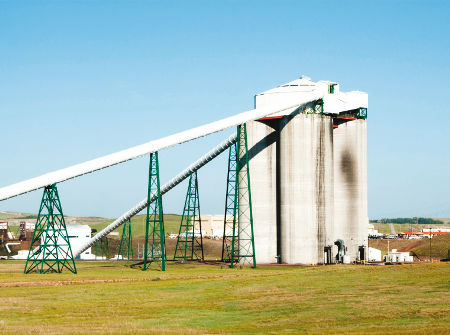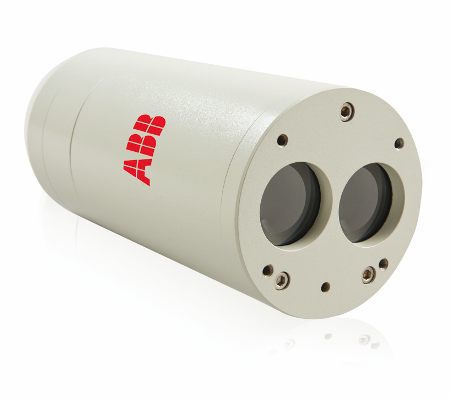Large silos are typically used by coal fired thermal power plants, as shown in Figure 1, that are kept full by top loading conveyor belts with tipper cars.

Figure 1. Coal fired thermal power plants
Emptying is done from the bottom in order to feed the power station through a narrow funnel. It is important that the level of coal is monitored to ensure proper operation of the power plant.
Application Example
This application presents combined challenges to silo level measurement:
- The falling stream of coal can provide false readings with ultrasonic and radar level transmitters
- The silos were constantly being filled or emptied at the same time; this leads to “rat-holing” which will cause incorrect readings from ultrasonic or radar level transmitters
- There is an extensive variety of particle sizes from fist-size rocks to powder and the materials with small particle size create dust. This makes ultrasonic and laser measurements quite challenging.
- Extreme slumping and peaking of the material causes radar and ultrasonic level transmitters to fail
- The narrow bottom of the Silos prevents accurate near empty readings with Ultrasonic and Radar level sensors
A large number of customers have standardized on Radar type level transmitters for this application. However a large power plant operator commenced a trial with ABB LM200 laser level transmitters shown in Figure 2 after their radar transmitter gave them a false reading indicating that there was enough coal left when the bunker was actually empty which caused the power plant to shut down.

Figure 2. ABB LM200 laser level transmitters
This situation took place because in order to optimize coal inventory more and more operators are trying to run their plants with low coal inventories. This is a great opportunity to sell laser level transmitters.
Dust, particle size, and colour are not an issue in practice for the LM200 using the heavy dust program to monitor coal levels.
About ABB Analytical Measurements
ABB is a leader in power and automation technologies that enable utility and industry customers to improve performance while lowering environmental impact. The ABB Group of companies operates in around 100 countries and employs about 145,000 people.

This information has been sourced, reviewed and adapted from materials provided by ABB Analytical Measurements.
For more information on this source, please visit ABB Analytical Measurements.